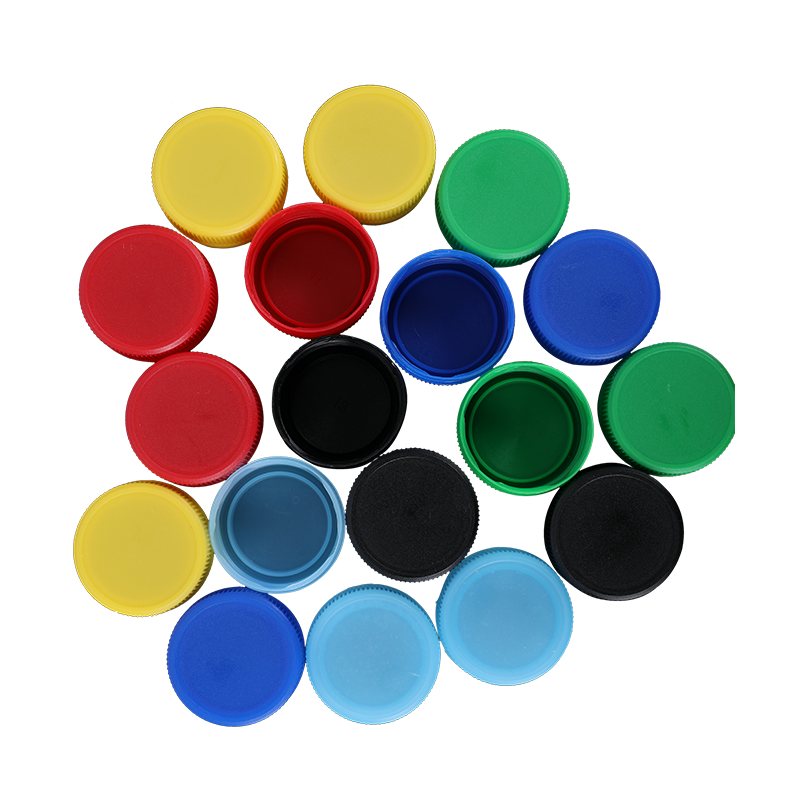At present, bottle cap threads are mainly divided into two types: rotating deep threads and strong debonding shallow threads.

Rotary deep screw
1. During the injection molding process, there is a rotating device system in the mold. This action can effectively protect the integrity of the cap screw. Therefore, the shape of the thread of the bottle cap can be effectively controlled, and the wall of the bottle cap will not be inclined when the thread of the upper bottle shank is rotated.
2. During the capping operation of the bottle cap, the bottle cap can be well converted into a vertical force when rotating the upper bottle shank thread to compress the bottle pad against the bottle shank.
3. Since the thread of the rotating teeth cannot effectively limit the cap gasket legend from falling off, the screw cap should be glued when adding the gasket.
4. Rotary deep thread has the following disadvantages:
A. It is not ideal to add multiple gaskets for this type of thread.
B. The screw cap restricts the design of the cap (for example, caps with blocked threads cannot be rotated in the mold). Of course, screw cap molds are more complicated to design and more expensive to manufacture.
C. There are no restrictions on the choice of raw materials when manufacturing deep screw caps.
Strong removal of shallow threads
1. During the injection molding process, the cap can be easily demolded from the mold without the need for mold rotation. Clearly, the cap threads were designed with shallow threads to allow for "stripping" during the injection molding process, and moderate enough thread to fit well over the shank threads.
2. The threaded cap can be pasted without adding glue when the gasket is added. The gasket can be effectively restricted by the thread, so that the legend of the bottle cap gasket is not easy to fall off.
3. When multiple layers of liner are to be added to the cap or there are multiple possible designs for the cap (such as caps with blocked threads), strong de-threading is the first choice.
4. There are restrictions on raw materials in the process of injection molding, among which polyethylene and polypropylene raw materials are popular choices.